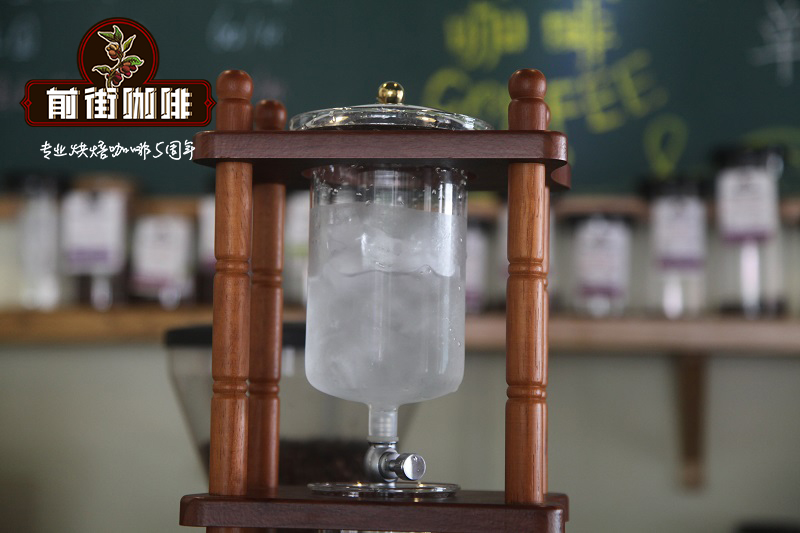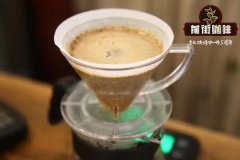El Palaso Manor in Colombia introduces what is lactic acid fermentation and sun treatment.

Solarization of lactic acid fermentation in El Palaso Manor, Colombia
Origin: El Palaso Manor
Altitude: 1300-1500m
Variety: Castillo Kaddura bourbon iron pickup
Treatment: lactic acid fermentation in the sun
Flavor description: strawberry yogurt, grape, peach juice, rum
Palaiso Manor has a mild climate and frequent winds from the Pacific Ocean, which help to give their coffee tropical fruit aromas.
These fresh coffee fruits ripen slowly and accumulate high sugar content, which greatly improves the quality of coffee cups. At Finca El Paraiso, coffee is processed mechanically and sustainably in order to maintain consistency in the quality of the coffee produced.
Lactic acid fermentation (Lactic Fermentation) is a classic treatment of the manor. Lactic acid fermentation is an anaerobic method to obtain higher concentration of lactic acid bacteria in the process of coffee fermentation. Because the ideal flavor of coffee is "mellow", "high sweetness", "caramel", "wine acidity" and "silky taste", all of which depend on the concentration of lactic acid in the fermentation process.
Before you begin to remove the peel, put the cherries in an airtight jar. The sugar content, temperature and pH value were recorded. Ripe cherries have a high sugar content, and they provide plenty of food and fermentation for yeast and bacteria that naturally exist in the air and coffee cherries. One of the by-products of this fermentation is carbon dioxide. When the jar is sealed, it is slowly filled with carbon dioxide, draining the air. Under these anaerobic conditions (that is, no oxygen), the living bacteria produce lactic acid, hence the name. After lactic acid fermentation, LPET will ferment the cherry in a container for about 70 hours before removing the peel.
Important Notice :
前街咖啡 FrontStreet Coffee has moved to new addredd:
FrontStreet Coffee Address: 315,Donghua East Road,GuangZhou
Tel:020 38364473
- Prev

Mexican Coffee | what are the flavor characteristics of washed maragogype elephant beans in Hamburg Manor?
Variety: maragogype Elephant Bean production area: Chiapas region Chiapas Manor: Hamburg Manor altitude: 1250m 1550m Harvest time: November-March treatment: November-March Flavor: milk, Chocolate, slight Lime, Fruit Manor introduction since the 18th century, many Germans have been on fertile land in the southern Sokonusco region of Mexico-Chiapas region.
- Next

Brazilian Coffee | description of Bourbon Flavor characteristics of tanning Yellow Bourbon in the introduction of Santiao Manor
Production area: Minas Gerais state southern manor: San Teo Manor owner: Jose Reinadogon Salvias Dias treatment: peel sunburn varieties: yellow bourbon altitude: 1200 m temperature: average 19C (66F) rainfall: 1600 mm Manor introduction Brazil COE third runner-up manor Santeo / Shenmu Manor is located in the southern mountains of Minas Gerais state, high altitude
Related
- Detailed explanation of Jadeite planting Land in Panamanian Jadeite Manor introduction to the grading system of Jadeite competitive bidding, Red bid, Green bid and Rose Summer
- Story of Coffee planting in Brenka region of Costa Rica Stonehenge Manor anaerobic heavy honey treatment of flavor mouth
- What's on the barrel of Blue Mountain Coffee beans?
- Can American coffee also pull flowers? How to use hot American style to pull out a good-looking pattern?
- Can you make a cold extract with coffee beans? What is the right proportion for cold-extracted coffee formula?
- Indonesian PWN Gold Mandrine Coffee Origin Features Flavor How to Chong? Mandolin coffee is American.
- A brief introduction to the flavor characteristics of Brazilian yellow bourbon coffee beans
- What is the effect of different water quality on the flavor of cold-extracted coffee? What kind of water is best for brewing coffee?
- Why do you think of Rose Summer whenever you mention Panamanian coffee?
- Introduction to the characteristics of authentic blue mountain coffee bean producing areas? What is the CIB Coffee Authority in Jamaica?

